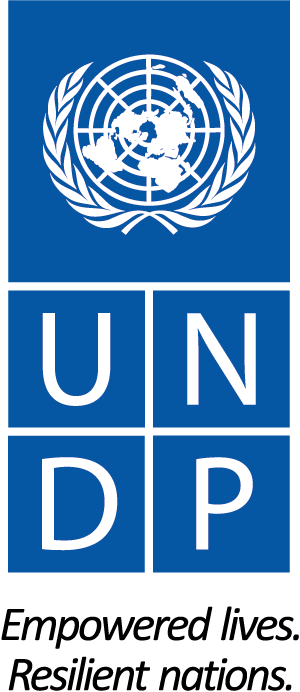Sustainability
The concept of long term sustainability of development programmes is constantly evolving.
The SDG Fund definition involves:
- Inclusion and participation in programme initiatives within the vision of a Human Rights-based approach
- Economic use of resources in programme implementation
- Sustainability of programme achievements after termination of activities
- Mainstreaming environment and climate change in development programmes
For our programmes integrating sustainability requires an analysis of the governance architecture and the different stages of the programme cycle. At the national level, this could include the formulation of national policies, long term and multi-year development plans, sectoral budgetary allocation processes, and regulatory processes. At the level of projects on the ground, climate change adaptation considerations might need to be factored within specific elements of the project cycle.
As an example, a key element to mainstreaming climate change is the use of a climate lens. The following criteria are essential elements to be observed:
- The extent to which the policy, plan, or project under consideration could be vulnerable to risks arising from climate variability and change
- The extent to which climate change risks have already been taken into consideration
- The extent to which the policy, plan, or project could inadvertently lead to increased vulnerability and maladaptation or miss important opportunities arising from climate change
The following publications offer useful guidance for introducing environmental sustainability and climate change sensitivity into development programmes:
- Integrating Climate Change Adaptation into Development Co-operation: Policy Guidance (OECD, 2009)
- Mainstreaming Climate Change Adaptation into Development Planning: A Guide for Practitioners (UNDP-UNEP Poverty-Environment Initiative, 2011)
See also this list of references from the UNFCCC on how to mainstream climate change into development programming.

